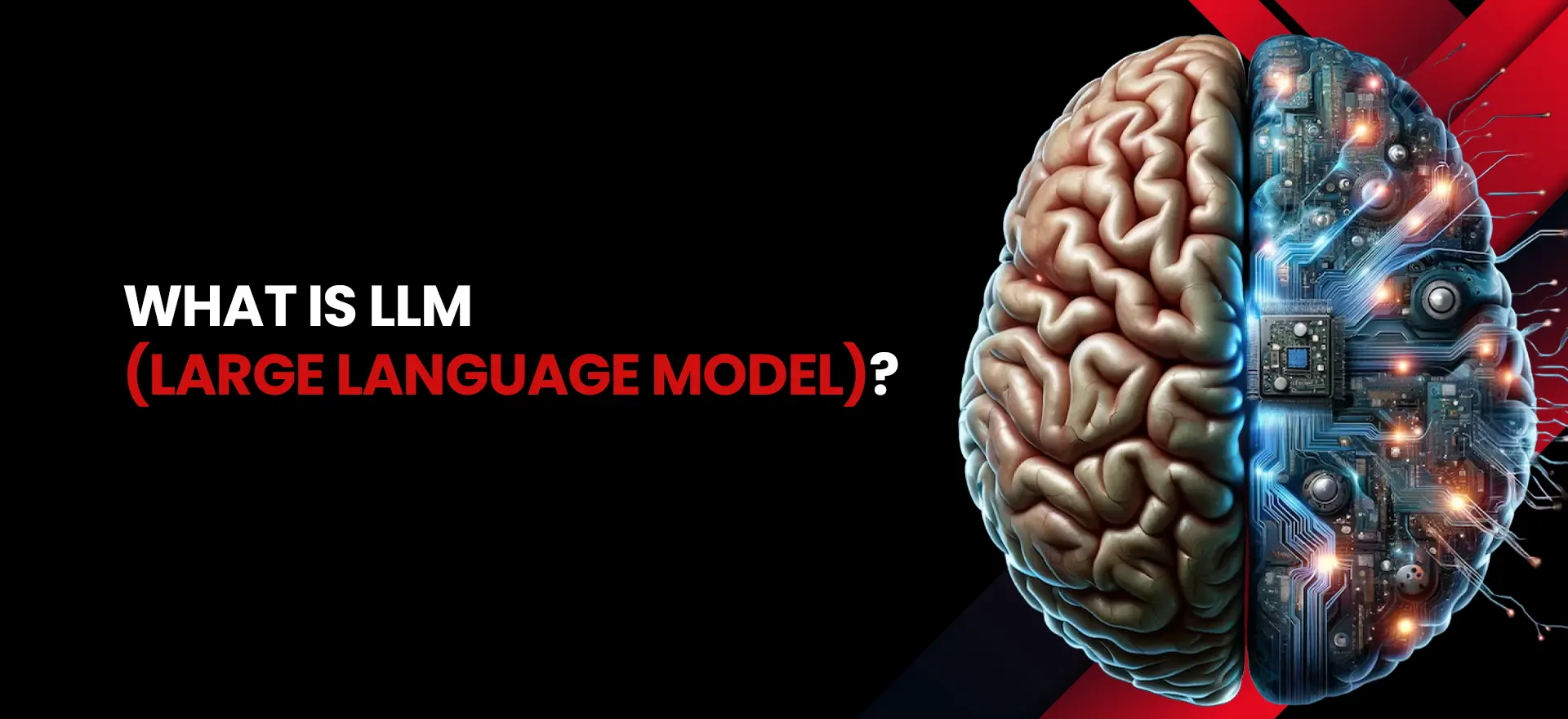Learn how to turn a robust and never-failing content marketing program into a part of your public growth strategy to keep your audience engaged and take your business long into the future. In case you either are pretty new to the game or have tried but not in the best way possible, knowing the critical steps towards building a content marketing plan can significantly accelerate your outcomes.
This guide gives step-by-step instructions on how to create a content marketing strategy tailored to meet the needs of your business.
What is Content Marketing?
![]()
Content marketing is a strategic plan that defines a set of activities designed to create and supply actual, pertinent, and constant content to a defined audience interested in particular topics. Therefore, instead of direct approaches to sales messages, the objective of content marketing is to ultimately inform, entertain, or educate the target audience for the purpose of driving profitable client action.
Examples of content marketing would include blog posts, videos, podcasts, posts on social media, eBooks, webinars, and many more. Good content marketing is all about providing value to your target audience while being aligned with your business goals in which a Digital Media Agency can help you out.
What is a Content Marketing Strategy?

It is a well-laid plan on how you will produce, disseminate, and evaluate content toward achieving the marketing objectives. It also encompasses defining who your audience is, selecting appropriate content channels, goal setting, as well as determining which types of content will best engage your audience and move them through the sales funnel.
With a well-crafted strategy, your efforts in creating content will be aligned with your business goals, consistently deployed, and optimized continuously for better performance.
If you are wondering how to develop content marketing strategy, here’s how:
Marketing Strategy Table of Contents:
Step 1: Mission and Goal-setting
First, create a well-defined mission statement to align your content marketing efforts toward measurable goals. A content strategy for marketing is incomplete without a goal. What do you seek to obtain with your content? Brand awareness, conversion of leads, sales of products, and so on usually spell out a mission statement for an entire strategy.
Actionable Tips:
- Define specific measurable objectives, for example: “website traffic increases by 30% in 6 months.”
- Fit in with the rest of the business strategy for consistent and well-focused outcomes.
Step 2: Determine Your KPIs (Key Performance Indicators)
The next stage is the identification of the elements that will serve as your Key Performance Indicator for everything. These are basically what you will use to track how well you receive those measurable results. Input from KPIs in content marketing in general covers things like the traffic to your website, engagement with your social media, leads generated, conversion rates, and so forth.
Actionable Tips:
- Create a Google Analytics account to track website KPI such as page views, bounce rate, and time on site.
- Use social media involvement metrics such as likes, shares, comments, and number of followers as base metrics.
Step 3: Know Your Audience
A perfect content marketing strategy goals would simply be concerned with knowing who your audience is. Who are these people? What problems do they face and how does your content solve such a problem? By knowing the audience to whom content is targeted, meaningful and relevant content can be created with them in mind.
Actionable Tips:
- Buyer personas would provide you with the demographics, interests, pain points, and behavior of your ideal customers.
- Use surveys, and social media listening to get insights straight from your audience.
Step 4: Evaluate Current Conditions
Next to moving forward, evaluate your standing with the current content strategy. What is working? What isn’t? Such a self-assessment would surface the areas needing improvement and dictate the steps in developing and implementing a new strategy.
Actionable Tips:
- Conduct an audit of your content. Analyze how your current content performs.
- Identify the gaps in the current content that your audience might be looking for.
Step 5: Content channels.
Different content channels work better with different goals and audience segments: blogs, social media, email newsletters, etc. Based on your goals and audience, you will figure out which is the best-selling platform on which to position your content.
Actionable Tips:
- Channels most significant for your target audience will be the first priority.
- Built owned media (your website, blog, email list) with earned and paid media (social media platforms, influencer collaborations).
Step 6: Identify Content Types
Select those content types that meet your objectives and are appropriate for your target audience. Blog posts, videos, infographics, or podcasts will all have their unique advantages. It is important to know which formats will work best for each stage of the buyer’s journey.
Actionable Tips:
- Use eBooks or whitepapers as long-form content sources to convert leads during consideration.
- Visual content-capture videos or infographics, creating easy ways to consume and engage with your content.
Step 7: Identify and Allocate Resources
Content production requires time, effort, and often economy. Identify what resources are available to you: budget, content creators, tools, and technology. Prior conservation of resource allocation would give a better return.
Actionable Tips:
- For the low budget, utilize freelancing or find an SEO agency or SMM agency and outsource your content.
- Buy tools for content management, SEO, analytics, and automation to streamline and make things easier.
Step 8: Create a Content Calendar
A content calendar is a necessary tool for planning and scheduling the delivery of your content. Not only does it ensure smooth and organized production and release, but it also saves you from panicking at the last minute because you forgot what you were going to talk about. You could also time your content release to coincide with important dates such as product launches or seasonal marketing campaigns.
Actionable Tips:
- Your calendar should encompass specifics such as content type, audience, distribution methods, and deadlines.
- It should also be flexible for ad hoc spontaneous content if the need should arise.
Step 9: Create Content
Having put your strategy and action plan in place, now it is time to generate content. Aside from being high-quality, it should also be engaging, informative, and even valuable to the audience. You should be able to inspire your reader to do something rather than just telling him/her something.
Actionable Tips:
- You need to optimize your content for SEO: use the relevant keywords, meta descriptions, and headings in your content.
- Keep everything in tone and voice consistent with your brand identity.
Step 10: Distribution and Marketing
Putting the words together to produce great content is just the start. You then would have to market and distribute the content effectively, so that your audience gets to see it. That means mixing paid and organic strategies to ensure a wider reach.
Actionable Tips:
- Increase Visibility by Different Channels: Share Your Contents through Different Channels.
- Bring traffic to your content through email marketing and social media posts and collaborations.
Step 11: Measure Results
It is the continuous improvement that makes an effective content marketing strategy a winning factor. You should regularly monitor the performance of your content against the KPIs you set. This would facilitate knowing what is indeed working as well as what has to be altered.
Actionable Tips:
- Use analytic tools like Google Analytics or social media insights to monitor performance.
- Strategize according to your findings for better results, like optimization for underperforming content, as well as trying fresh formats of content.
Conclusion
Put these actionable steps into practice, and you’ll end up being able to develop a content marketing strategy that meets your business goals as well as connecting to your audience. You should keep testing new themes and improving your methods, as content marketing is an ongoing process, evolving over time.
If you’re looking to build your content strategy for digital marketing, partner with agencies specializing in digital media, SEO, or even Shopify web development to enhance your approach and expand your reach.



